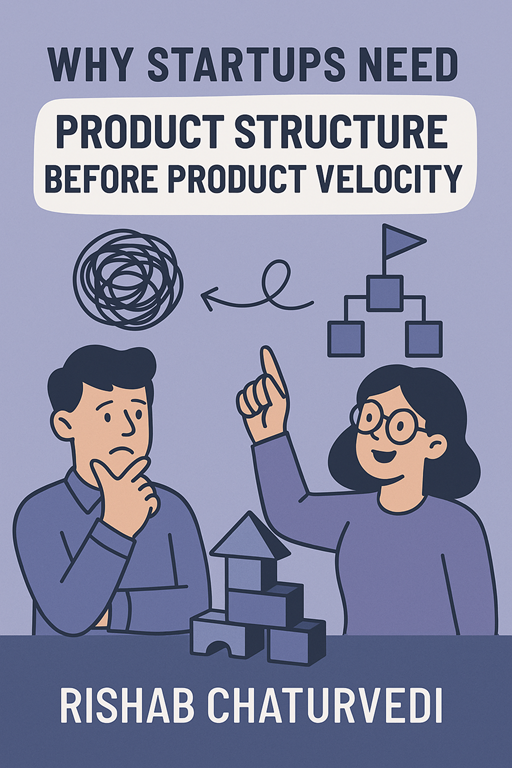🚀 Building AI Products
👨💼 Product Leader
🌍 Digital Transformation
📈 Scaling Businesses
💡 Product Strategy
Hello
Transforming Ideas into market-leading products with innovation, strategy, and customer-centric execution.
With 16+ years of experience in Product Management, I build scalable solutions that drive growth, enhance user experiences, and create lasting impact.What I Do
Product Strategy & Roadmapping
Crafting Product roadmaps that align with business goals, ensuring scalable and high-impact solutions. Expertise in market research, competitive analysis, and feature prioritization for optimal growth.
Cross-Functional Leadership
Leading high-performing teams by fostering collaboration between product, engineering, marketing, and sales. Strong stakeholder management and strategic alignment to drive business success.
Digital Transformation & Innovation
Leveraging cutting-edge technology to drive digital transformation, streamline processes, and enhance customer experiences. Specializing in automation, AI-driven insights, and product-led growth strategies.
Customer-Centric & Agile Product Management
Building user-first products with intuitive UX/UI, data-driven insights, and continuous feedback loops while ensuring agile execution. Expertise in analytics, sprint planning, backlog management, and cross-functional collaboration.
Testimonials
Nam tempor commodo mi id sodales. Aenean sit amet nibh nec sapien consequat porta a sit amet diam.

Gary Johnson
Donec eu est vel metus consequat volutpat. Nunc aliquet euismod mauris, a feugiat urna ullamcorper non.

Daniel Pringle
Etiam pretium ipsum quis justo dictum accumsan. Phasellus egestas odio a velit scelerisque, imperdiet elementum lorem aliquet.

Billy Adams












